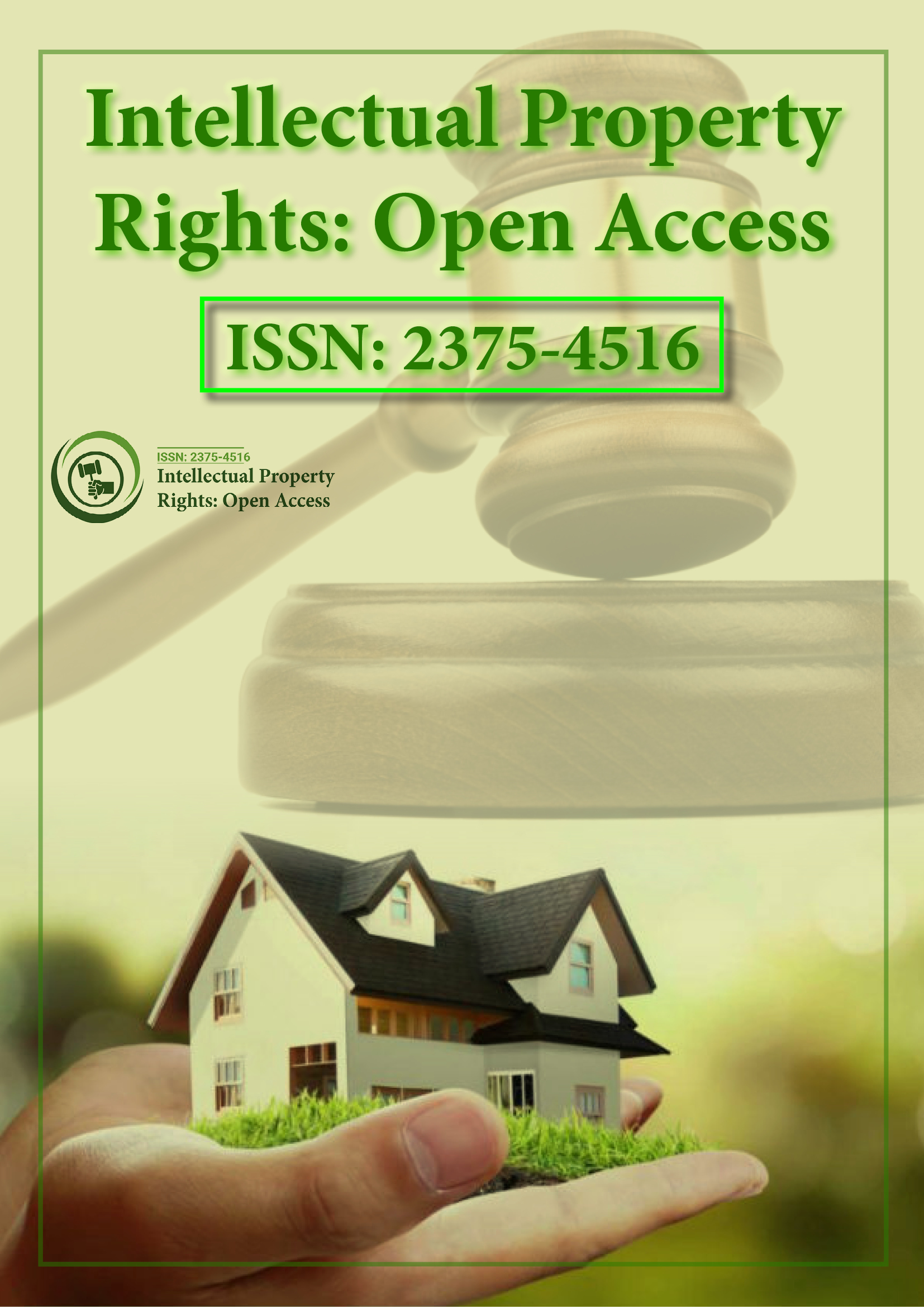Indexed In
- Open J Gate
- RefSeek
- Hamdard University
- EBSCO A-Z
- OCLC- WorldCat
- SWB online catalog
- Publons
Useful Links
Share This Page
Journal Flyer

Open Access Journals
- Agri and Aquaculture
- Biochemistry
- Bioinformatics & Systems Biology
- Business & Management
- Chemistry
- Clinical Sciences
- Engineering
- Food & Nutrition
- General Science
- Genetics & Molecular Biology
- Immunology & Microbiology
- Medical Sciences
- Neuroscience & Psychology
- Nursing & Health Care
- Pharmaceutical Sciences
Opinion Article - (2022) Volume 10, Issue 2
Objectives and Goals of Annual Operating Plan
Laren LainReceived: 25-Feb-2022, Manuscript No. IPR-2022-16097; Editor assigned: 01-Mar-2022, Pre QC No. IPR-2022-16097(PQ); Reviewed: 15-Mar-2022, QC No. IPR-2022-16097; Revised: 22-Mar-2022, Manuscript No. IPR-2022-16097(R); Published: 29-Mar-2022, DOI: 10.35248/2375-4516.22.10.203
About the Study
An annual operating plan is a practical report noting your financial, physical, and employee’s resources to achieve a selected business goal. Annual operating plans permit you to create the daily frameworks to perform your enterprise targets. Economic objectives are the objectives that might be set by people/firms/ governments to achieve. All bodies pursue maximizing objectives that aim to get the maximum out of what they do. Firms appear as profit maximizers who try to maximize shareholder value and generate funds to help growth. Different people may have different objectives. Employees will seek excessive wages, shareholders desire the maximum income and dividends, and employers need the maximum income and minimum costs.
A cost objective is any object for which costs are being separately measured. It is a key idea utilized in dealing with the costs of an enterprise. A cost object can be the subject of large ongoing scrutiny, however more commonly an organization will only accumulate costs for it occasionally, to see if there was any extensive change because of the last analysis. This is because most accounting structures aren’t designed to accumulate costs for particular cost objects, and so need to be reconfigured to do so on a project basis. An annual review is common for many cost objects. If an analysis is particularly complex, the review can be at an even longer interval. The most common cost objects are an organization’s services and products because it desires to understand the cost of its output for profitability evaluation and price setting. It can be essential to have a cost object so that you can derive pricing from a baseline cost, to see if costs are reasonable, or to derive the whole cost of the relationship with another entity. A cost object may be inside an enterprise, which includes a department, machining operation, manufacturing line, or process. For example, you can track the cost of designing a brand new product, a customer support call, or remodeling a returned product. A cost object may be outside of an enterprise - there can be a need to accumulate costs for a dealer or a customer, to decide the cost of dealing with that entity. Another variation on the idea is the cost of renewing a license with a central authority agency.
An investment objective is a customer data form used by Registered Investment Advisors (RIAs), Robo-advisors, and other asset managers that allows for deciding the optimal portfolio blend for a customer. An investment objective will also be filled out by an individual dealing with their personal portfolio. An investment objective is typical in the form of a questionnaire, and answers to the questions decide the customer’s aversion to risk (risk tolerance) and how long the money is to be invested (time horizon). Basically, the data retrieved from the form filled out by the person or customer sets the aim or goal for the customer’s portfolio in terms of what kinds of security to include in the portfolio. An individual or customer could have their portfolio tailored according to the answers provided to these questions. For example, a customer with a high-risk tolerance whose aim is to buy a home in 5 years and is interested in a capital boom may have a short-time period of a competitive portfolio set up for them. This competitive portfolio could likely have extra stocks and derivative instruments allotted in the portfolio than constant earnings and money market securities. On the other hand, a 40-year-old high-income earner making an investment to retire in twenty years and who’s only interested in maintaining capital can also construct a long-term portfolio with low-risk securities heavily comprised of fixed earnings, money market, and any funding that might protect capital against inflation.
During the planning process, it is essential to write both short-term goals and long-term goals. Short-term goals are better for keeping everyday operations because they could effortlessly be attained by taking a sequence of small steps. While long-term goals are also a powerful motivating factor, they can’t be completed without many years of meeting small-time-period goals. Successful organizations define their smaller goals in annual reports to optimize overall performance monitoring and focus on enhancing future operations. An annual operating plan isn’t always similar to a strategic plan; however, it is correlated to it. While a strategic plan describes the diverse techniques had to obtain growth objectives, it also factors in market conditions and investor demands.
Citation: Lain L (2022) Objectives and Goals of Annual Operating Plan. Intel Prop Rights. 10:203.
Copyright: © 2022 Lain L. This is an open-access article distributed under the terms of the Creative Commons Attribution License, which permits unrestricted use, distribution, and reproduction in any medium provided the original author and source are credited.
